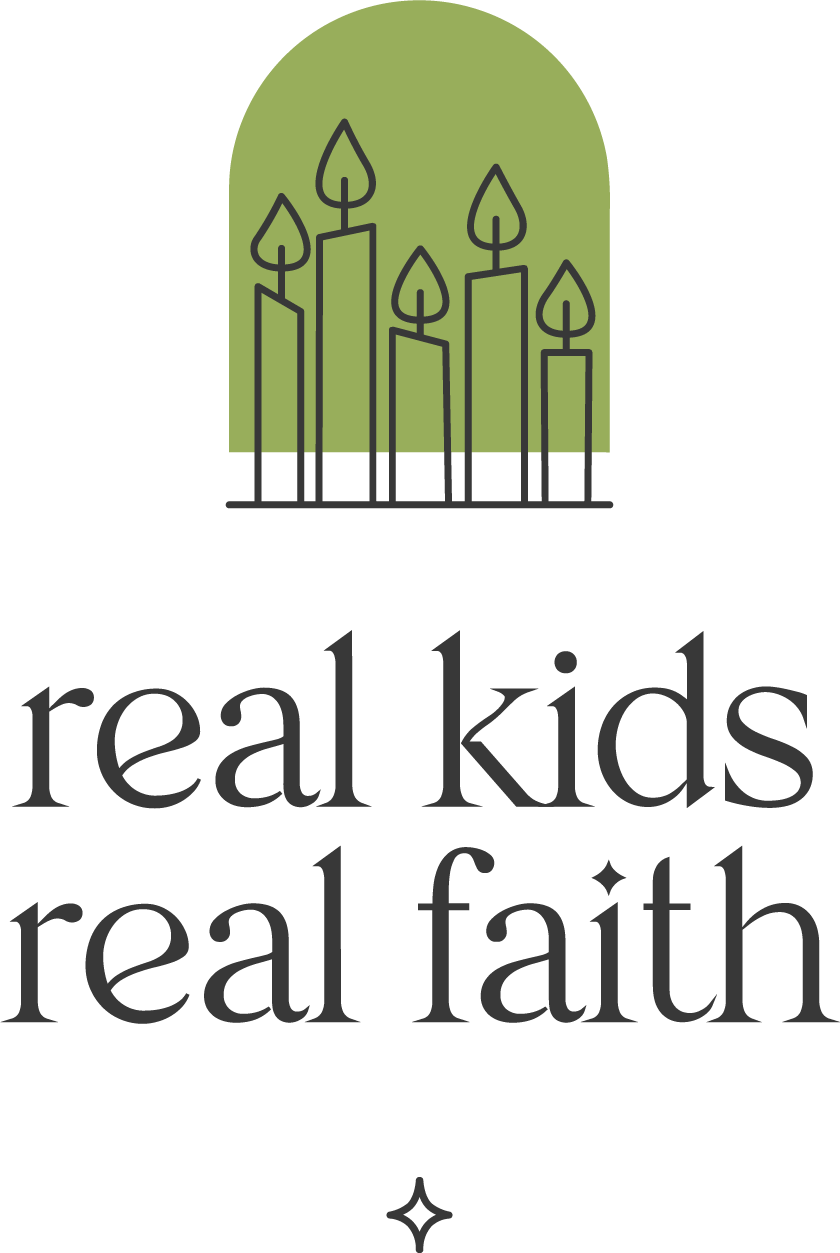Less than 24 hours after Queen Elizabeth’s death, media outlets were carrying articles about ‘what to expect’ as a nation mourned her passing and celebrated her life. The myriad images, posts, and commentaries still appearing remind us that death is both a personal and social process.
Hearing and seeing the remembrances may prompt children to ask questions about what happens when someone dies. While most deaths don’t trigger two weeks of public mourning events, many of the rituals are similar to those that ‘ordinary’ families also observe after a loss.
If kids are wondering why a body might ‘lie in state’ or what a funeral is for, use some of these activities to explore some common death rituals.
Write an obituary. Share with children a copy of an obituary for the queen or another figure. Encourage them to notice the different kinds of information included: family connections, work or school accomplishments, favorite activities, organization memberships, etc. Then invite them to write an obituary for themselves or another person they know well, including the same kinds of data.
Draw the scene. The queen’s coffin will be on display (‘lying-in-state’) for several days in Westminster Hall so that people can pay their respects. Show children photos of this scene or watch a video of people filing by. Notice how people act when they approach the coffin. Ask them to imagine it is their turn and draw a picture of how they would pay their respects.
Observe a time of silence. On the day after her death, the UK observed a minute of silence to honor the queen. There will also be two minutes of silence during her funeral. Participants use these silent moments to remember and give thanks for the deceased person. Invite children to think of someone they know who has died. Observe a minute of silence together to honor them.
Stage a procession. Many cultural and religious traditions include a public procession, either of the coffin or of funeral-goers. The queen’s coffin will be transported by carriage to Westminster Abbey and followed by mourners into the ceremony space. Take a walk down the street or around a room and imagine you are following a loved one’s coffin or urn. Talk about what you would be thinking and feeling as you walk.
Learn about funeral language. If you are part of a religious tradition, ask a leader to share sacred scriptures and other common language used during funerals. Ask children: What are some beliefs about life and death reflected in this language? Encourage them to share their own ideas as well.
Focus on feelings. Deaths stir up big emotions in people: disbelief, sadness, confusion, anger, relief. Remembering a well-lived life may also generate more positive emotions: pleasure, joy, happiness. If children have experienced the death of a loved one, talk about how they felt. If not, ask: How do you imagine you will feel when someone you love dies? Affirm that it is normal to feel many different emotions after a death.

Comments